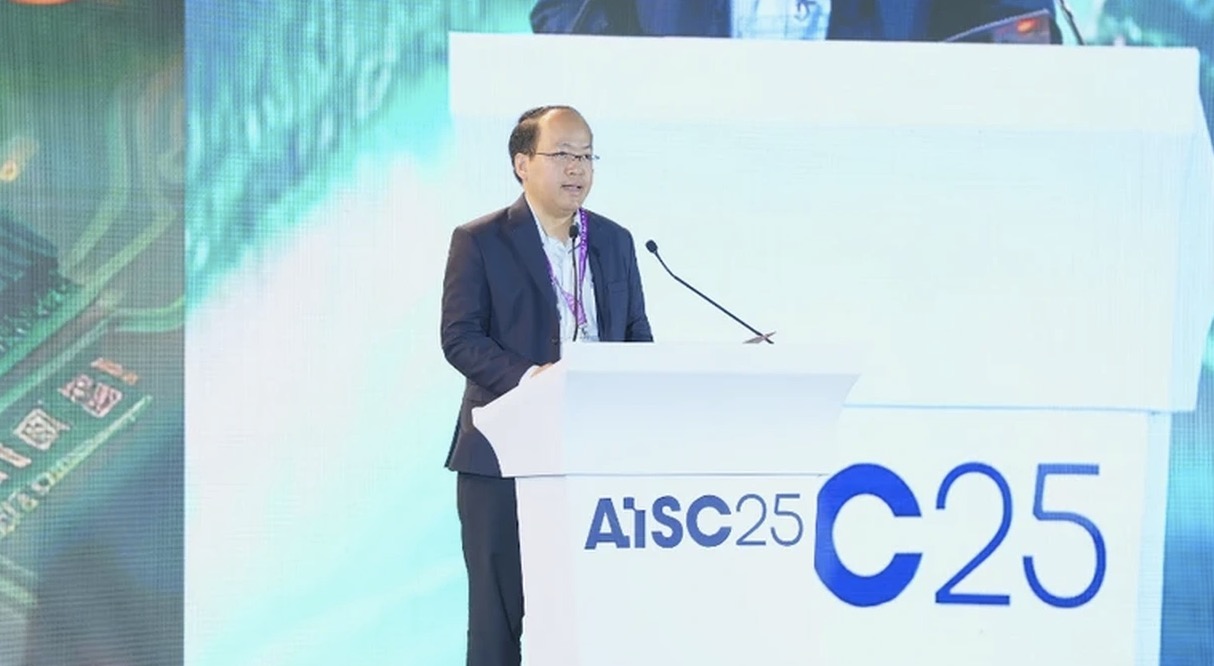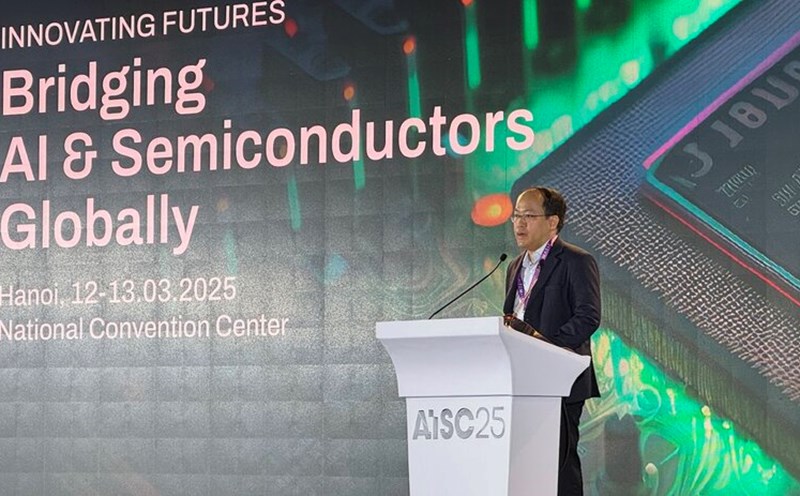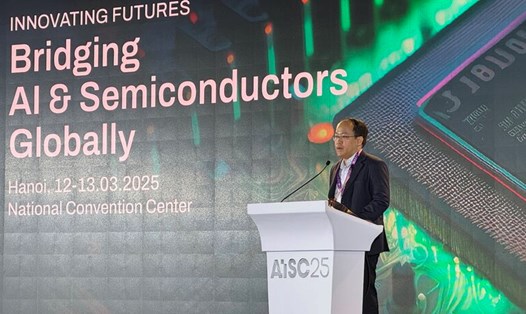In the context of the strong industrial revolution 4.0, innovation has become a vital factor to improve national competitiveness.
Speaking at the workshop "The convergence of semiconductors and artificial intelligence: Breakthrough factors creating a new cycle of opportunities" within the framework of the AISC 2025 international conference on March 13, Mr. Nguyen Mai Duong, Director of the Department of Innovation (Ministry of Science and Technology), emphasized that AI and semiconductors are not only a spearhead technology but also a driving force for Vietnam to make a breakthrough.
Accordingly, the Government has issued many important policies, including Resolution No. 57 on breakthroughs in the development of science, technology, innovation and national digital transformation. At the same time, the Ministry of Science and Technology is finalizing the draft amendment to the Law on Science and Technology with many mechanisms to encourage research and development, and simplify administrative procedures to facilitate businesses and scientists.

Mr. Vu Quoc Huy, Director of the National Innovation Center (NIC), commented that with strong support from the Government and an open investment environment, Vietnam is becoming an emerging technology center. Thanks to the advantage of strategic location, high-quality workforce and increasingly modern infrastructure, Vietnam has the opportunity to participate more deeply in the global value chain, attracting leading technology corporations to invest in the field of AI and semiconductors.
However, in the development process, the problem of resources is still a big challenge. Dr. Bui Hai Hung, General Director of VinAI Artificial Intelligence Research and Application Joint Stock Company, shared at the workshop that developing AI in limited resource conditions requires flexibility and creativity.
He cited DeepSeek, a recently emerged AI system. DeepSeek has faced limitations in GPU exports, forcing them to find ways to get more results despite having less resources. This shows that the shortage of resources can be a driving force for people to find smarter solutions and AI can be optimized for high efficiency.
Dr. Hung also said that the decision to return to Vietnam to establish an AI research institute six years ago was a risky step, but he quickly realized the country's potential in taking advantage of limitations to create breakthroughs. VinAI has launched an AI residence program to attract talent from across Southeast Asia, with more than 100 experts enjoying this policy. According to him, building high-quality human resources is the most important factor to solve technological problems, and this is the guideline for AI development strategy in Vietnam.
The effective use of resources, combined with strong support policies from the Government and the participation of businesses, is helping Vietnam gradually affirm its position in the field of AI and semiconductors. Although there are still many challenges, the current strategic steps promise to create a solid foundation for Vietnam to not only participate but also contribute to shaping the future of global technology.











